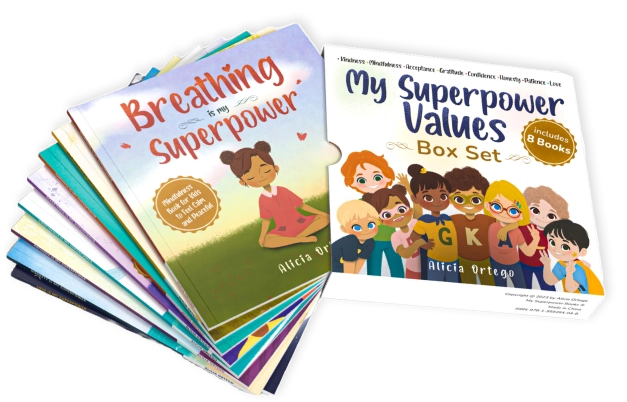Bullying in the 21st Century: the Definition, Signs, Types, and Consequences
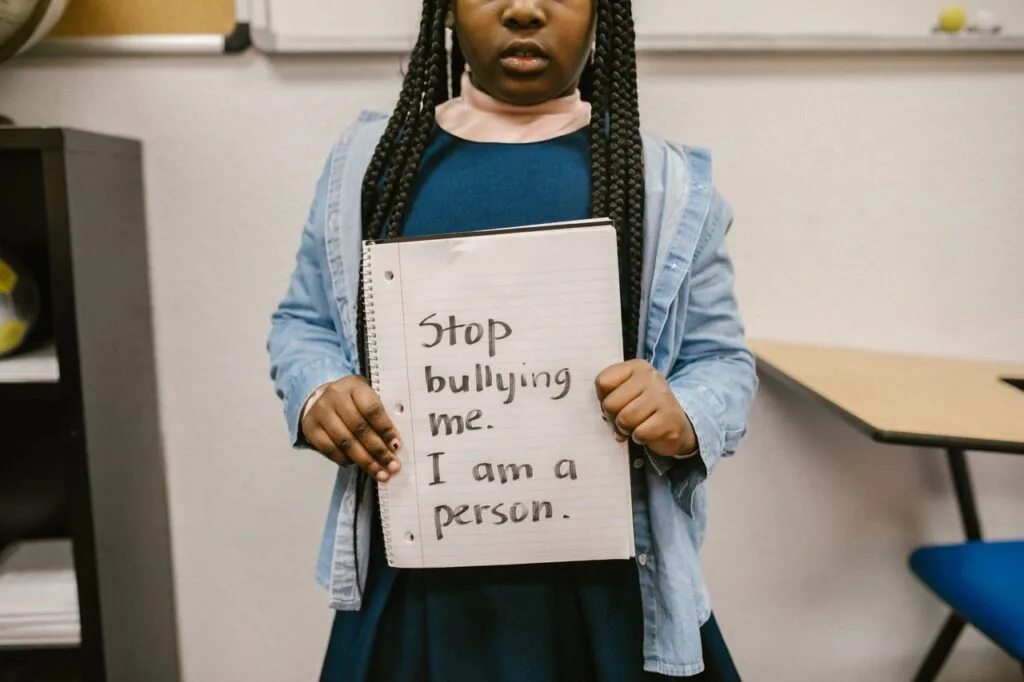
Bullying is an issue faced by both kids and adults. The main cause of bullying is the lack of acceptance skills. Some people believe that if they don`t like another person, they may hate them. Though it is simply terrible, the problem is constantly worsening. According to the data from Indiana University Bloomington, 49% of middle and high school children were reported to be bullied in 2019. NCES reports that 19% of victims have negative feelings about themselves. 27 % don`t like their schoolwork after acts of bullying. Besides, in the years 2016/17 5.2% of children were excluded from activities on purpose. That is more than 1200000 kids aged 12-18. Bullying can be so severe that parents decide to transition to homeschooling.
Everything You Need to Know about Bullying
Nowadays, even bullying is a typical case even at elementary schools. Thus, you should make kids ready to stand up to it. The topic is a hot-button issue, but I’ll do my best to share the most relevant information with you. First, read more about teaching kids self-acceptance. They need this skill so as not to afresh bullying with aggression.
What is Bullying?
CDC defines bullying as aggressive behavior performed by another child or group of children. There are two main signs of bullying kids:
- Power imbalance;
- Repeatability of aggressive actions towards a certain person.
Elements of cruelty, proving that a kid is getting bullied:
- Physical violence (hitting, kicking);
- Verbal violence (teasing and name-calling);
- Social influence (spreading rumors);
- Causing material damage (tearing a notebook, breaking glasses, etc).
Some innocent actions may seem childish, but more often than not, it translates into bullying. Pay attention to whether your child is a school bully. You may find it difficult to imagine, but not all children behave the same at home as at school. While your child is still young, teach him good things, like kindness, so that he grows into a good person.
You may find more information about “why does bullying happen” on Quora spaces.
Types of Bullying
The reasons for bullying can be different:
- race;
- sex;
- appearance;
- school performance;
- physical strength, etc.
Features of a person’s body are the most popular target of jokes. If your child worries about his body image, try to fix the problem as soon as possible. Otherwise, he may take possible insults too personally.
A school bully considers himself stronger than the person he treats badly. Bullies often choose a victim among those who are weaker physically or psychologically. Hence, a high confidence level is a powerful protection against bullying.
There are different types of bullying.
Physical Bullying
It’s the most offensive and dangerous one. In 2019, there were 5.2 % of schoolchildren who became the victims of physical bullying. They were pushed or even spat on. 4% of them are girls and 6% are boys.
Verbal Bullying
According to the same statistics from SCS, 15.3% of kids were subjected to rumors, and 13.8% were made fun of or insulted. Girls are more at risk because 19% of them were the objects of gossip (boys – 12%), and 16 % were insulted (boys – 12%).
There is a huge problem here. Parents often ignore such issues. They just tell kids to take it easy. They mistakenly believe there is no injury to the body – no bullying. Yet, calling names or making fun causes even more mental pain than physical damage.
Cyberbullying
The Internet has made our lives much more accessible. Modern children are a hundred times more tech-savvy than their parents. Yet, there is a strong possibility of meeting a hater on social media. Unfortunately, parents oftentimes don’t have access to kids` private chats. The only chance to learn about their problems is to hear from them. If your kid finds it hard to open up about what bothers him, look closely at his behavior.
What can bullying lead to? Low mood and even depression are only the tip of the iceberg. According to the research, kids and teens who face cyberbullying are 3 times more likely to have suicidal thoughts than their peers. Please pay attention to their emotional conditions. Start a conversation if something is wrong. Be conscious of it.
Emotional Bullying
Emotional bullying is hard to recognize and fix, but it`s present everywhere. It occurs when peers try to wash someone out. It involves a change in social standing. The offender places himself in a more powerful position. As a result, a kid may feel ignored and insulted. His emotional needs are not being met. According to statistics, 6% of those were excluded from activities.
Emotional bullying also involves:
- Spreading lies about the victim;
- Sharing his private conversations and secrets;
- Manipulating the victim`s inner circle, etc.
Prejudicial Bullying
It means that a kid is being bullied because of his sex, religion, or race. The reason for this is stereotypes. Some people also believe that there are girly and boyish spheres of interest. That’s also a reason for making fun of somebody. The most frustrating fact is that some teachers still have such an old outlook on life. So, if an educator tells your son that something isn’t for him because he’s a boy, it’s one of the signs of teacher bullying. Racism is still present in some people’s minds. It was American Indians and Alaska Natives who were the victims of bullying in 2019 – 21.3%.
Fortunately, psychologists know how to teach kids about bullying with activities. One may do kindness activities to develop acceptance in them.
We have considered some kinds of bullying. Still, what are the three most popular types of bullying? These are physical, verbal, and cyberbullying.
Whatever the type of bullying you may have faced, you need to ensure that your child hasn’t become the bully himself. It’s never too early to talk about the consequences of bullying. Try out this Wrinkled Heart Bullying Activity for Kids to make the effects of bullying clear.
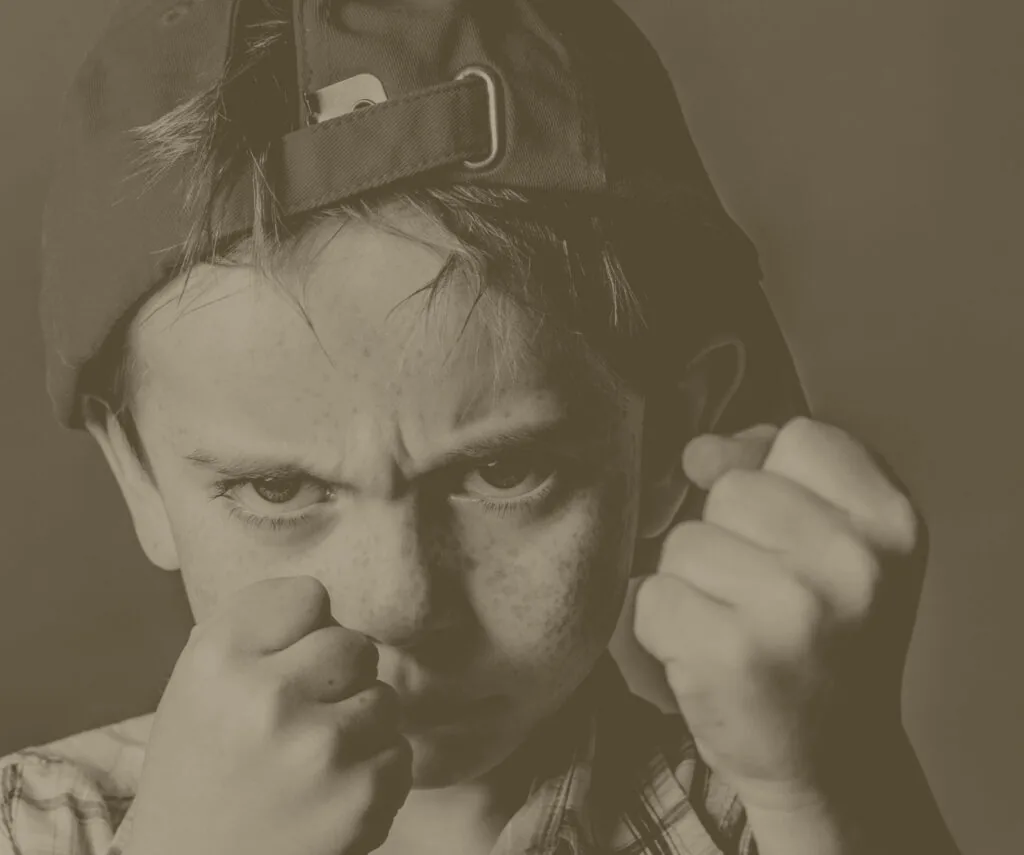
Signs That Your Kid is Being Bullied
Sometimes, kids are too reserved to share problems with their parents. Here are some signs of it:
- Kids don’t want to talk about their school routine;
- They are self-closed and sad;
- Kids don’t want to go to school;
- Children begin to avoid school parties;
- They are irritated.
By the way, research claims that a child that was bullied can become a school bully too to raise his self-esteem. For that matter, about 2 % of children seek revenge from younger school fellows. Thus, if your kid is an aggressor, he might have been a victim at the same time.
How to Talk with Kids About Bullying?
You have to do this as long as you want your little one to provide a healthy response to offenses. The first issue to consider is how to deal with bullying at school. Explain to the child that not all peers can be friendly with him. Don’t forget to highlight that it’s not because of his personality. Tell a kid that some people feel joy when offending others.
Chew on the topic of self-esteem together. Try to persuade your child that the bullies are very unsure of themselves. Work with self-esteem coloring pages to make everything clear. Research useful books on the matter and read them with your kids.
The main messages you should deliver:
- You are always ready to listen to your daughter or son;
- You are the only person whom he can trust to the full extent;
- There is nothing wrong with conflicts, but they should be resolved;
- Bullies are very weak indeed. They are trying to assert themselves by offending others.
Your little one may ask you what to say to a bully. Offenders expect an emotional reaction. A bully loses interest if a kid ignores them or doesn’t reveal that the offender hurts his feelings. So, how to respond to bullying?
- Use closed statements to break the chain of offenses. Say something like “I hope you feel better now”.
- Be sarcastic and confident. Even if it’s not so, fake it. Say “That’s very interesting”.
- Say nothing. A bully will be bored because he seeks a response. Don’t give him such pleasure.
- Support the victims of bullying acts. Encourage your kid to be an upstander. Let him come closer and say something like “Do you want to play with me?”. A bully is often interested in a certain person. So it’s unlikely that he`ll focus on your child after such an act of kindness.
Your children need to recognise the emotions they feel. Teach them it by playing with a feelings chart for kids.
Let them listen to influencers if you fail to find the right words. Nick Vujicic is the one who knows what bullying is. He was born without legs and arms and suffered from mockery. Nick shares his experience with kids and teaches them to stand up to bullying.
What is Anti-Bullying?
If you ask a psychologist, “What is the relationship between bullying and depression?” he’ll definitely answer that the first is the cause of the second. Thus, one ought not to neglect it. Parents often have many questions about bullying. What to do if your child is bullied and the school does nothing? What to do if your child is a victim of emotional bullying, and it’s impossible to collect material evidence? Anti-bullying refers to these questions and laws, policies, and organizations in charge.
Moms and dads are the “first instance” that provides advice. Besides words of support, they care for their kids` emotional state. For this, let children do breathing exercises to calm down and relieve stress. But what to do if there is no tendency to settle the conflict?
All 50 states address bullying differently. Some of them impose policies, regulations, and laws. But there are states which allow model policies. That means that schools can develop their own anti-bullying strategies.
In the “Dear Colleague Letter”, the U.S. Department of Education provides a review of responsibilities schools have when preventing bullying acts. It also outlines some federal laws.
Still, there are other means of protecting one’s human rights. Take, for example, non-governmental and governmental organizations that deal with bullying.
- NSW Government – is a governmental organization that cares about children’s well-being. Bullying is one of the topics they deal with.
- StopBulllying.gov. – supports children in difficult situations caused by bullying. They share a step-by-step guide that directs one’s action.
- No Bully – a non-governmental organization created by the man who used to be a victim of bullying when a child. They have assembled a team of lawyers and psychologists that help kids cope with their problems.
- STOMP Out Bullying – is a national organization. They focus on educating kids and helping those in need. The organization also raises awareness of the inadmissibility of bullying.
Contact these organizations if you cannot resolve your child’s problem.
Conclusion
The consequences of long-lasting bullying are unpredictable. The more you hesitate to step in and help your little one, the greater his sufferings are. Bullying is like a painful tooth that prevents a person from living unless he has it out. Use my advice and contact organizations if needed, but don’t leave your child alone with his problems. Kids are too helpless to overcome such issues without parental support.
More articles
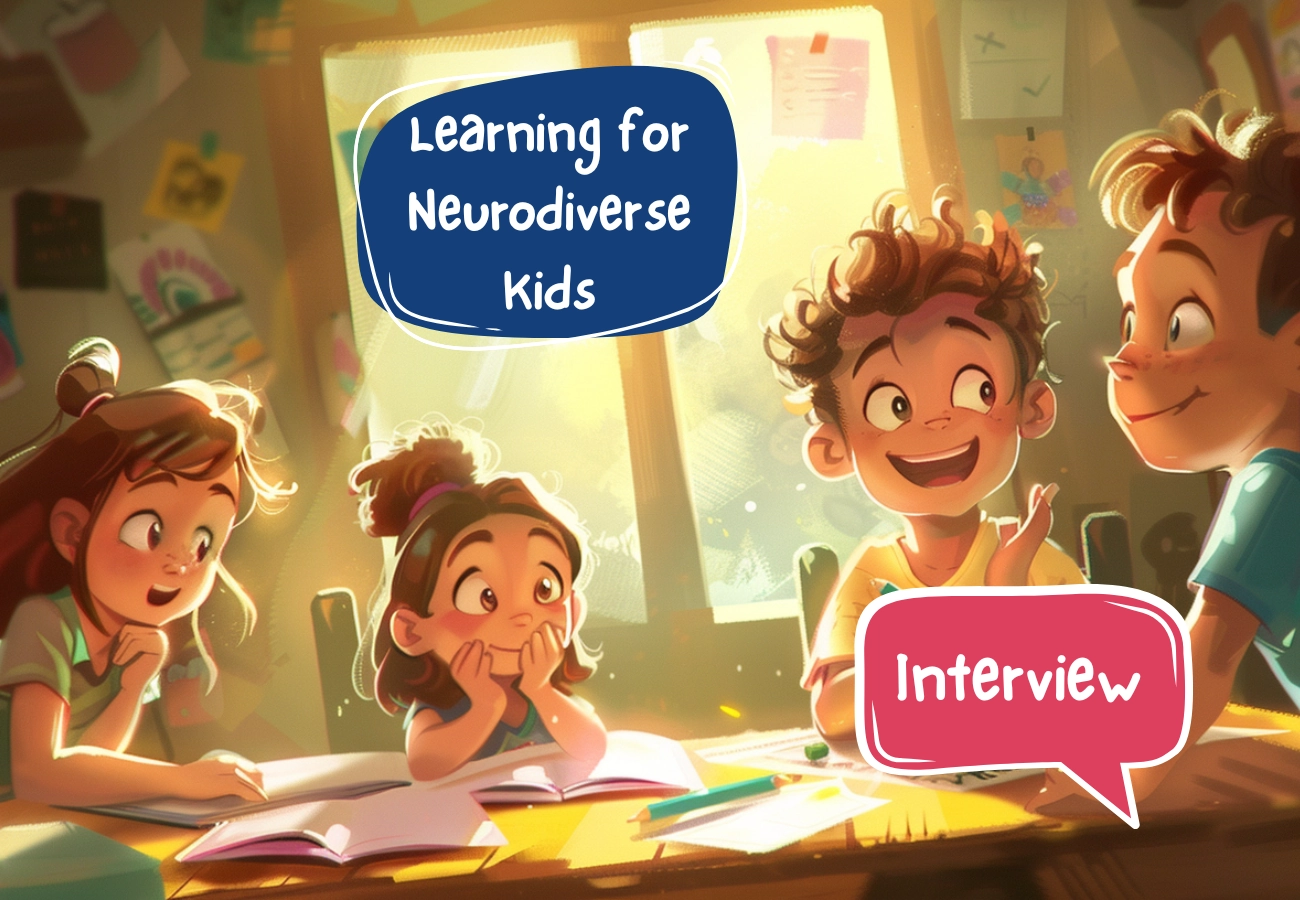
Creating Joyful Learning for Neurodiverse Kids: A Homeschooling Mom’s Journey with Alicia Ortego Books
A New Path in Education We always love hearing how our books support children and parents around the world. Recently, we spoke with a mom of three neurodivergent boys and the founder of Backyard Academy. Every day, she looks for creative ways to approach learning and parenting, and she shared with us how Alicia Ortego’s […]
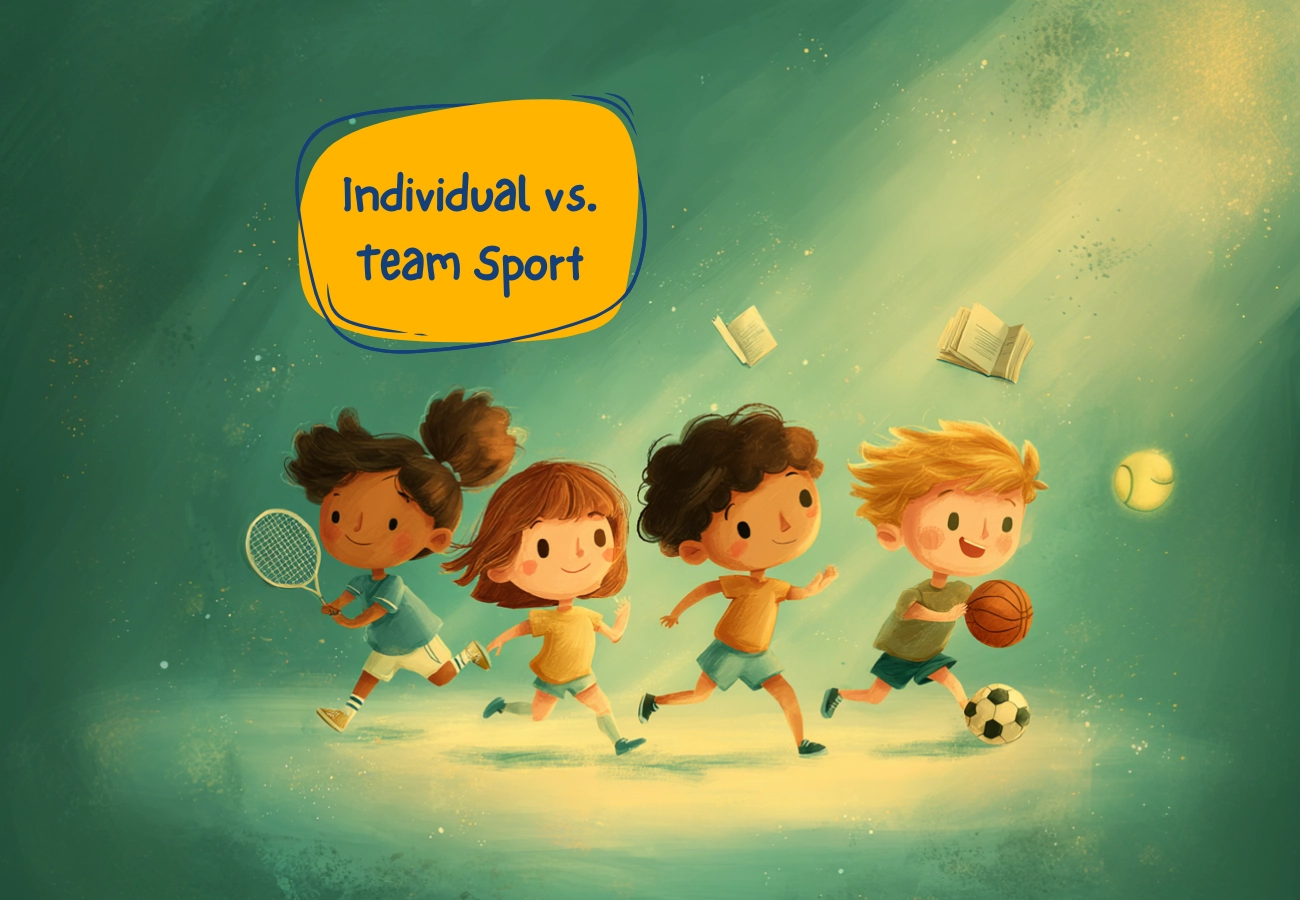
Individual vs. Team Sport Activities for Your Kids: Pros and Cons
Helping children stay active and healthy often starts with sports. But deciding between individual or team sports can be tricky. Each type offers unique experiences and developmental benefits, but also has potential drawbacks. Understanding the differences can help you make informed choices based on your child’s personality, interests, and abilities. What Are Individual Sports? Individual […]
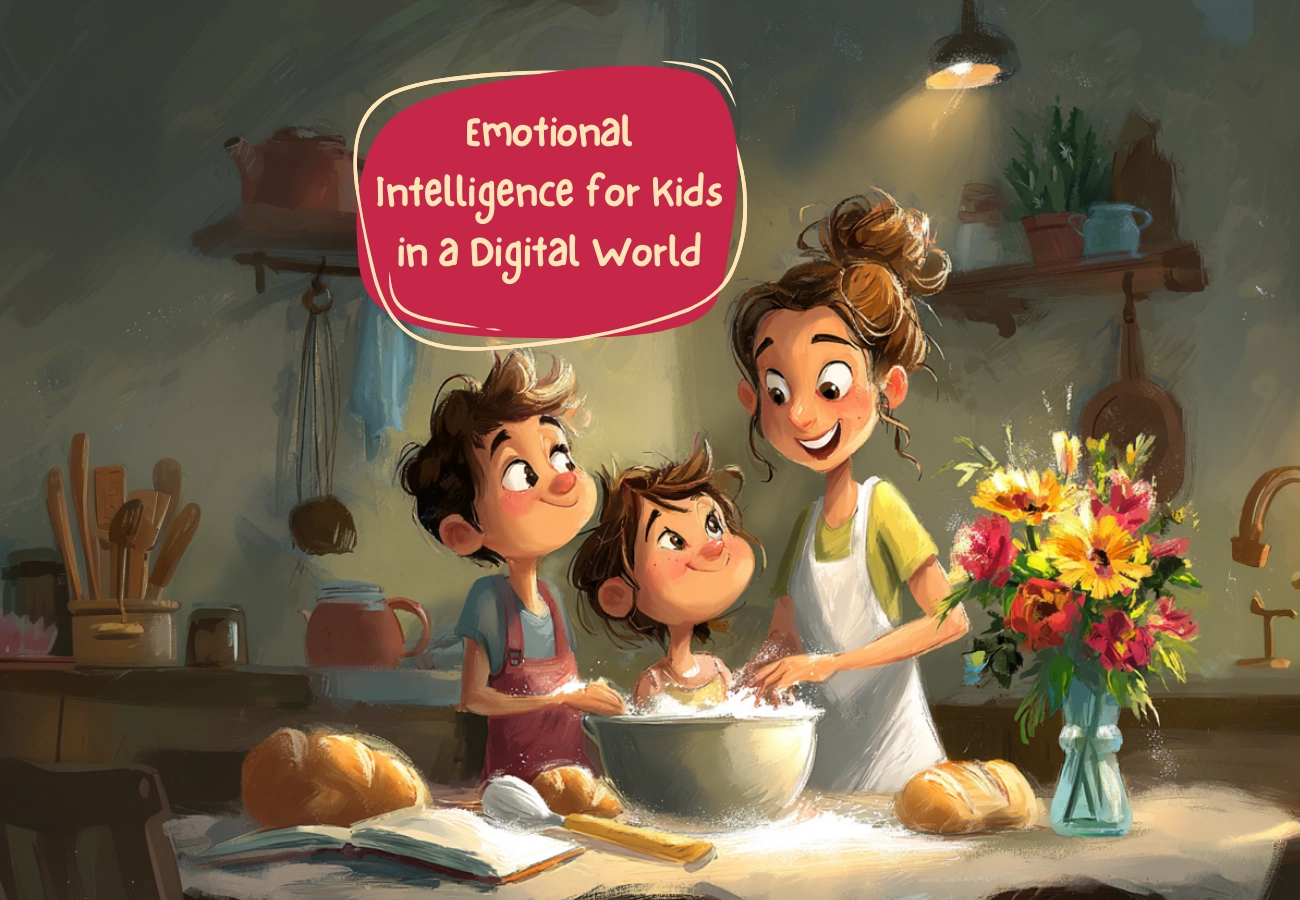
How to Nurture Your Child’s Emotional Intelligence in the Digital Age
Raising children today is nothing like it was in the 90s. Children in the 90s spent the majority of their time playing outdoors with neighbors or going to the local library or the beach. In that era, screen time mostly centered around TV, cable, or video games. But things are quite different in 2025. Kids […]



